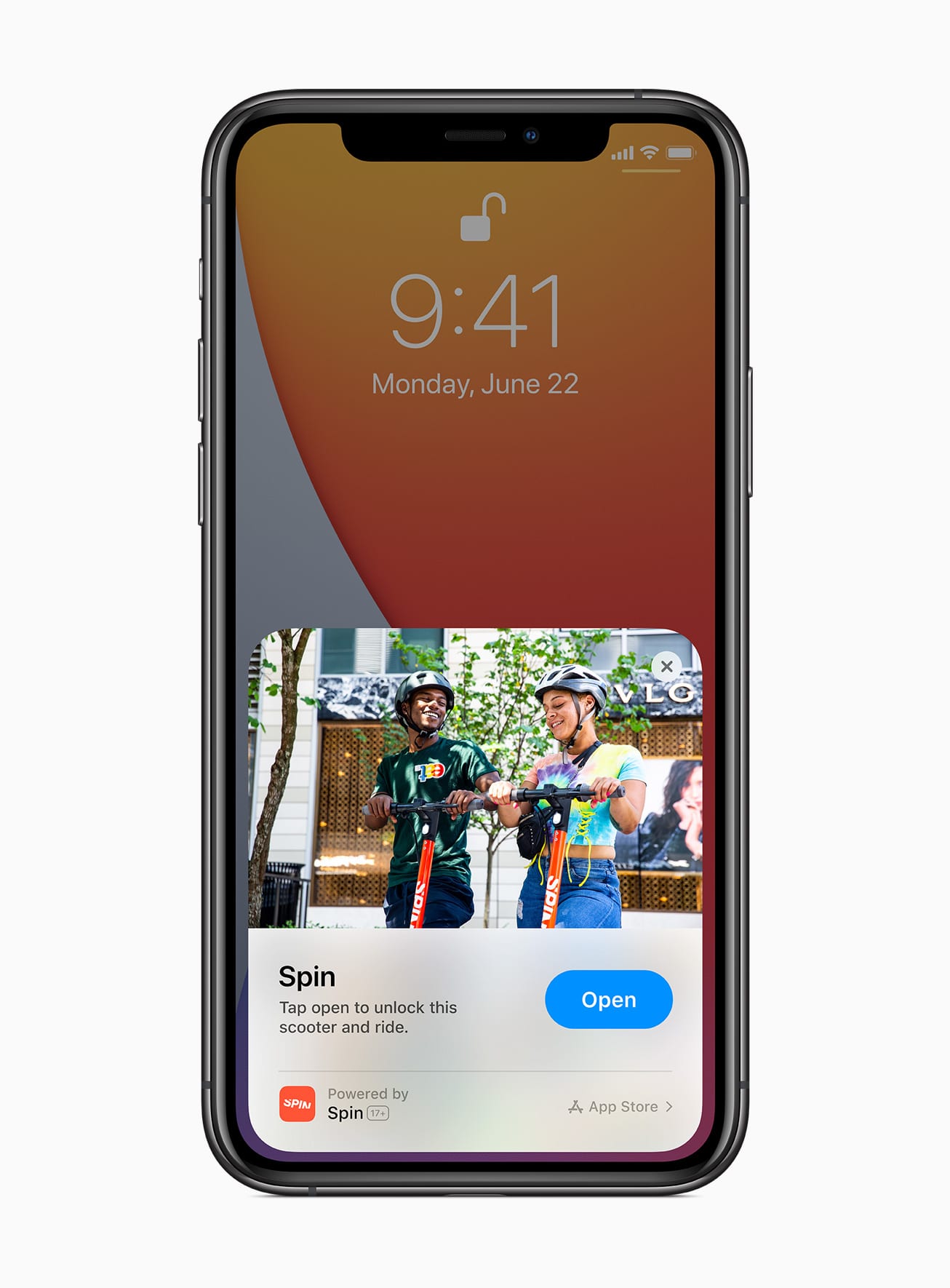
Consumers have something of a complicated relationship with their app collections, with a handful of favorites they engage with often and for long periods of time. But getting into that elite winner’s circle of favored apps can be something of a challenge, since the average consumer doesn’t like adding new apps to the lineup. In fact, according to comScore, the majority of users add zero new apps to their phones every month.
There are many reasons for the average user’s reticence to add apps. First, phone home screens only have so much room, so there is a finite amount of space. Second, with more apps comes more screen clutter, and the relatively small screen of even the largest iPhone can become notably hard to navigate. That leads to a trend to delete rather than add.
But in this week’s WWDC event, Apple announced several changes in its latest iOS 14 upgrade designed to change that trend. Those include two big modifications to how iPhones stores and access apps: a new App Library and the release of a new “App Clips” feature.
 Of the two changes, the App Library is designed to most directly address the issue of iPhone clutter by allowing users to easily reorient how they store apps. It allows users to hand off the responsibility for organizing their tangled mass of apps to the iOS 14 software, which will organize all apps within the library.
Of the two changes, the App Library is designed to most directly address the issue of iPhone clutter by allowing users to easily reorient how they store apps. It allows users to hand off the responsibility for organizing their tangled mass of apps to the iOS 14 software, which will organize all apps within the library.
Instead of requiring users to scroll through screens full of app icons, the App Library offers a new space at the end of the home screen where all apps are organized into one easy-to-navigate view.
By putting the phone into “jiggle mode,” users can select which apps they want hidden from the home screen and place them into the App Library, where the apps are organized thematically.
The most frequently used apps will automatically sit at the top of the folder for easier access. The App Library will also offer a search field that lets users easily seek out their hidden apps by name.
But the bigger change coming to Apple iOS 14 – and the one more likely to change how, when, where and how often consumers tap into apps and their functionality – involves App Clips. This feature essentially allows iPhone users to tap into various apps’ functionality without necessarily having to download the full app onto their device.
Instead of downloading an app, a user can launch “clips” of it, either by scanning a visual code, like a QR code, or via an NFC ping. This enables users to access a small part of an app to complete a particular action with only a small, lightweight download.
The idea is to give customers a mechanism to access app content that’s relevant to their situation at the moment without committing to downloading something they might never use again.
For example, a user might want to pay one time for a parking meter in a city they don’t live in, or dine at a new restaurant before they know whether they will like it enough to return. Or perhaps a user wants to make a one-time purchase that they will complete at a physical store.
Will App Clips change the world of consumer app interactions? It’s hard to say.
But many experts are pointing out that App Clips bears more than a passing resemblance to the “Instant Apps” feature that Android added to its operating system in 2019, as well as the mini programs that were pioneered by WeChat Pay and Alipay several years back.
However, experts say that Android users rarely use Instant Apps. Moreover, some tech reviewers are already saying they’re flummoxed by App Clips, finding it hard to imagine any situation where they might want to use an app’s functionality without also having a reason to download the entire app.
“I am perplexed. I want to like App Clips. After much thinking, my brain hurts because I don’t understand why I would want App Clips or what problem it’s solving,” one Gizmodo writer lamented, although it seemed from her analysis that the writer might be more willing to download new apps than the average consumer.
Still, one can imagine a user liking a restaurant enough to want contactless ordering via its app even if they don’t eat there enough to warrant the entire app taking up real estate on their phone. It also seems possible that App Clips could have a future as a way to give an app a “test run” before downloading it.
App Clips can also come pre-embedded with Apple Pay, which lets users complete transactions without opening an account and entering card data.
And it may even turn apps into the latest “contextual commerce” tool for consumers who are getting back out into the post-COVID world – and are looking for increasingly digitized, seamless and touchless payment functionalities.